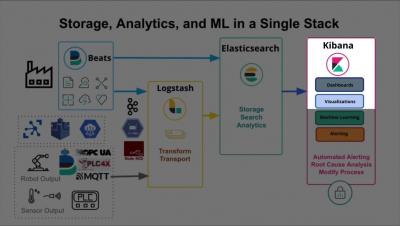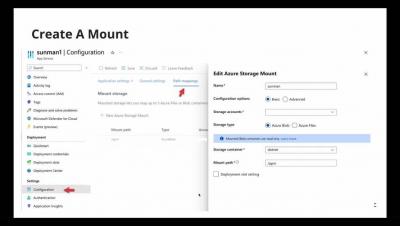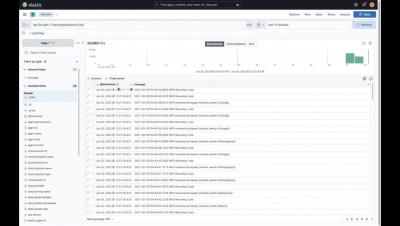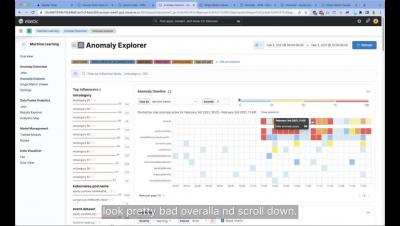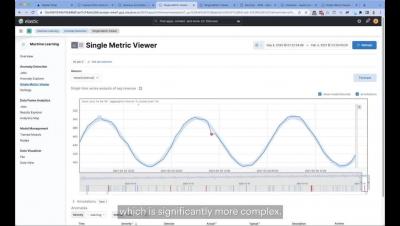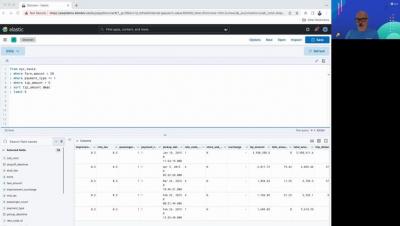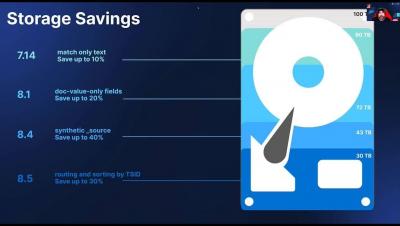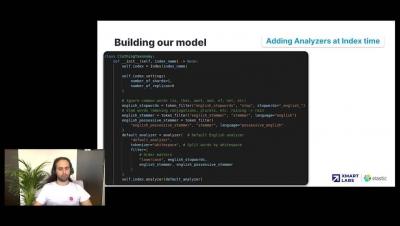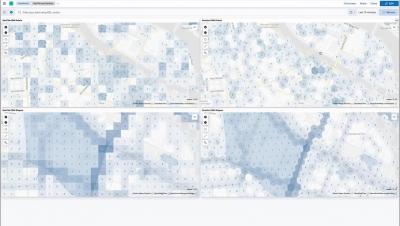RCA Series: Root Cause Analysis in Manufacturing, Electric Grids & Connected Devices (4/4)
With digitization adopted in many industries, real-time data from manufacturing and operational equipment can be used to monitor and optimize operation - by applying data-driven modeling including machine learning. Learn how you can ingest sensor data from industrial processes and operational equipment into Elastic, build monitoring dashboards and set up automated alerts in Kibana, and apply predictive modeling to optimize your operations (OT).


